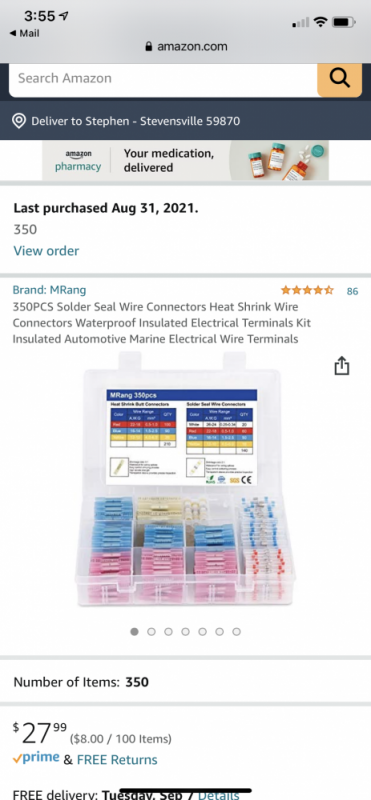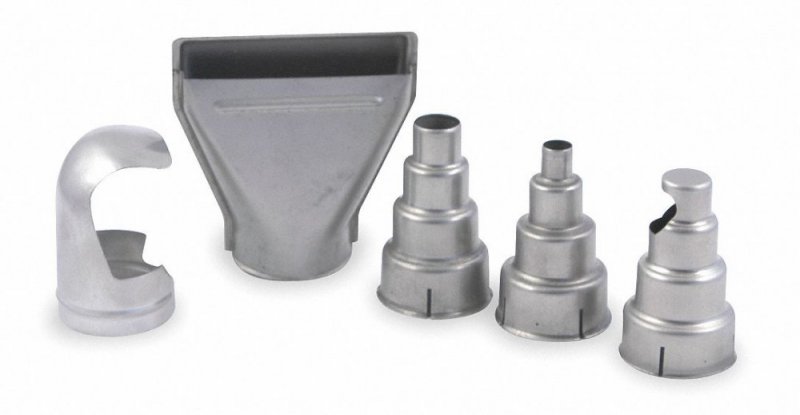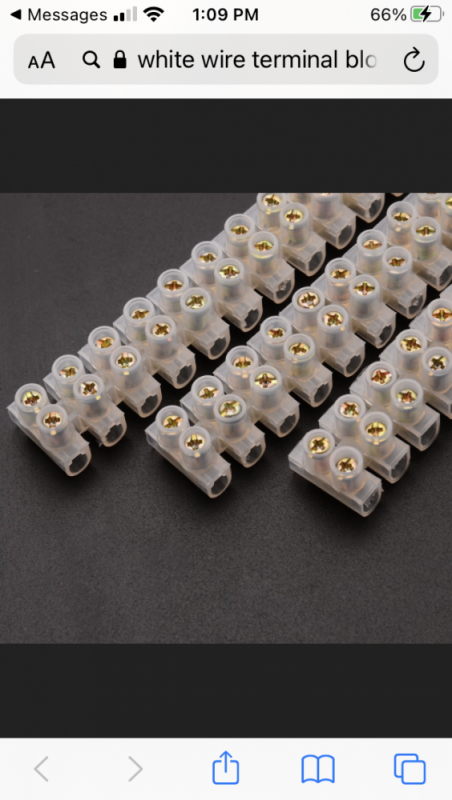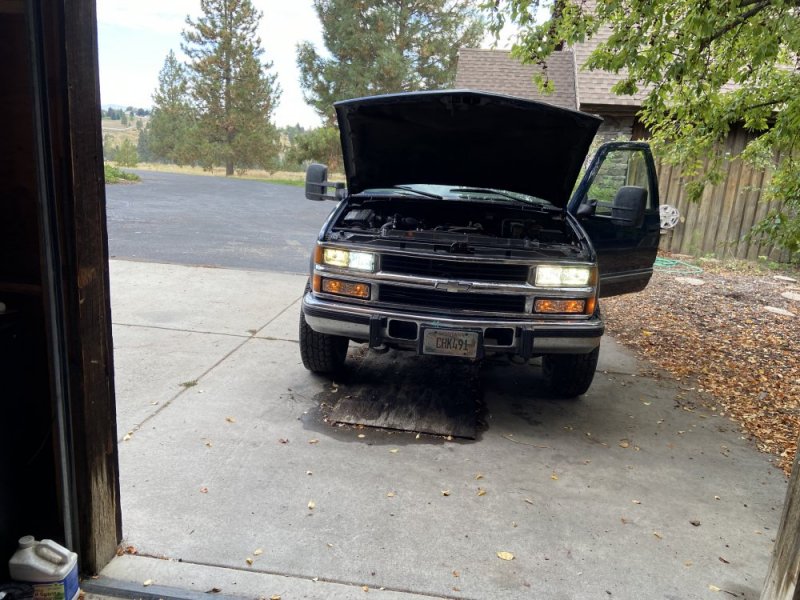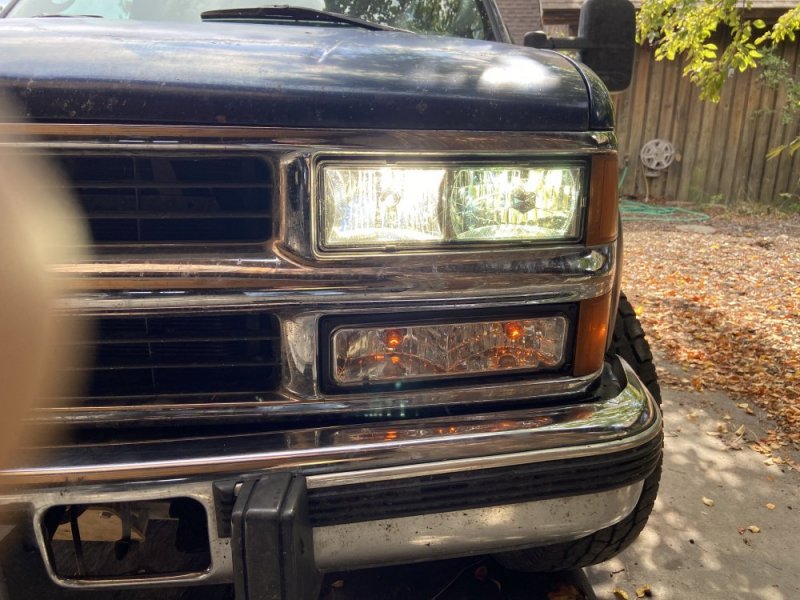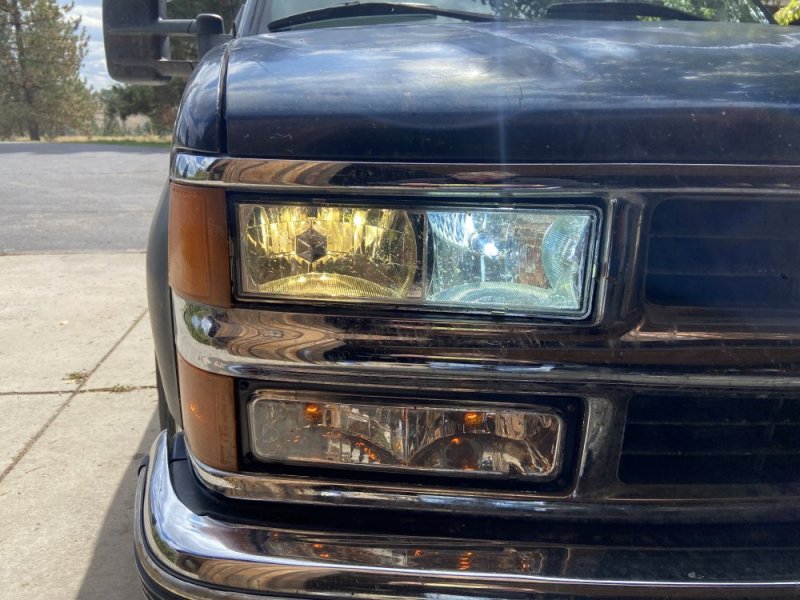Husker6.5
135' diagonal 16:9HD, 25KW sound!
Yeah, and definitely NOT water proof/resistant! Therein could lay your lamp/ballast issues. I would personally go with 10-12ga Marine Grade insulated crimp butt connectors. Heated the shrink down and the adhesive melts in and makes them waterproof. You can get them pretty cheap at Harbor Freight. The Marine Grade insulation is translucent in color, regular crimps are solid color.

